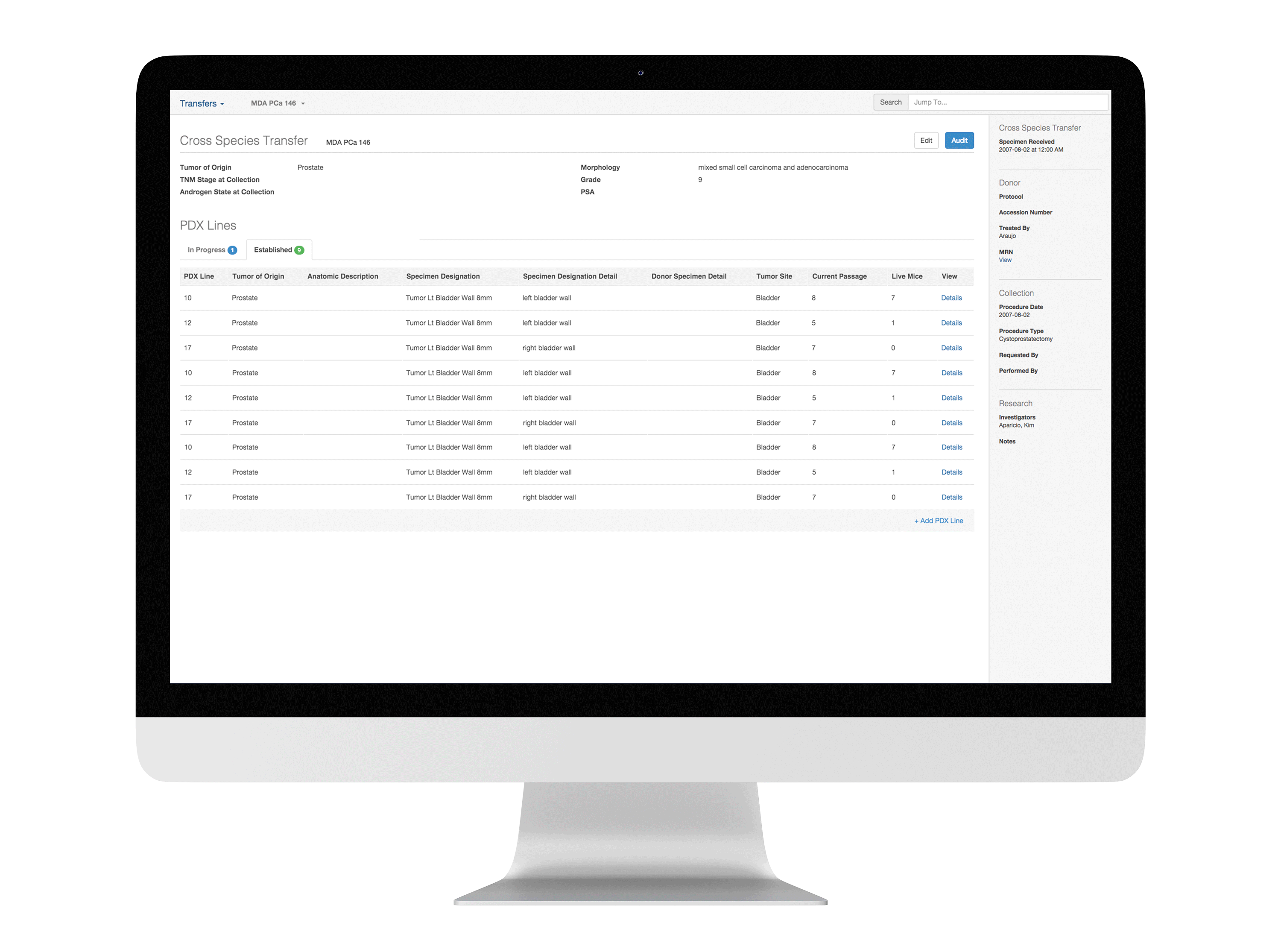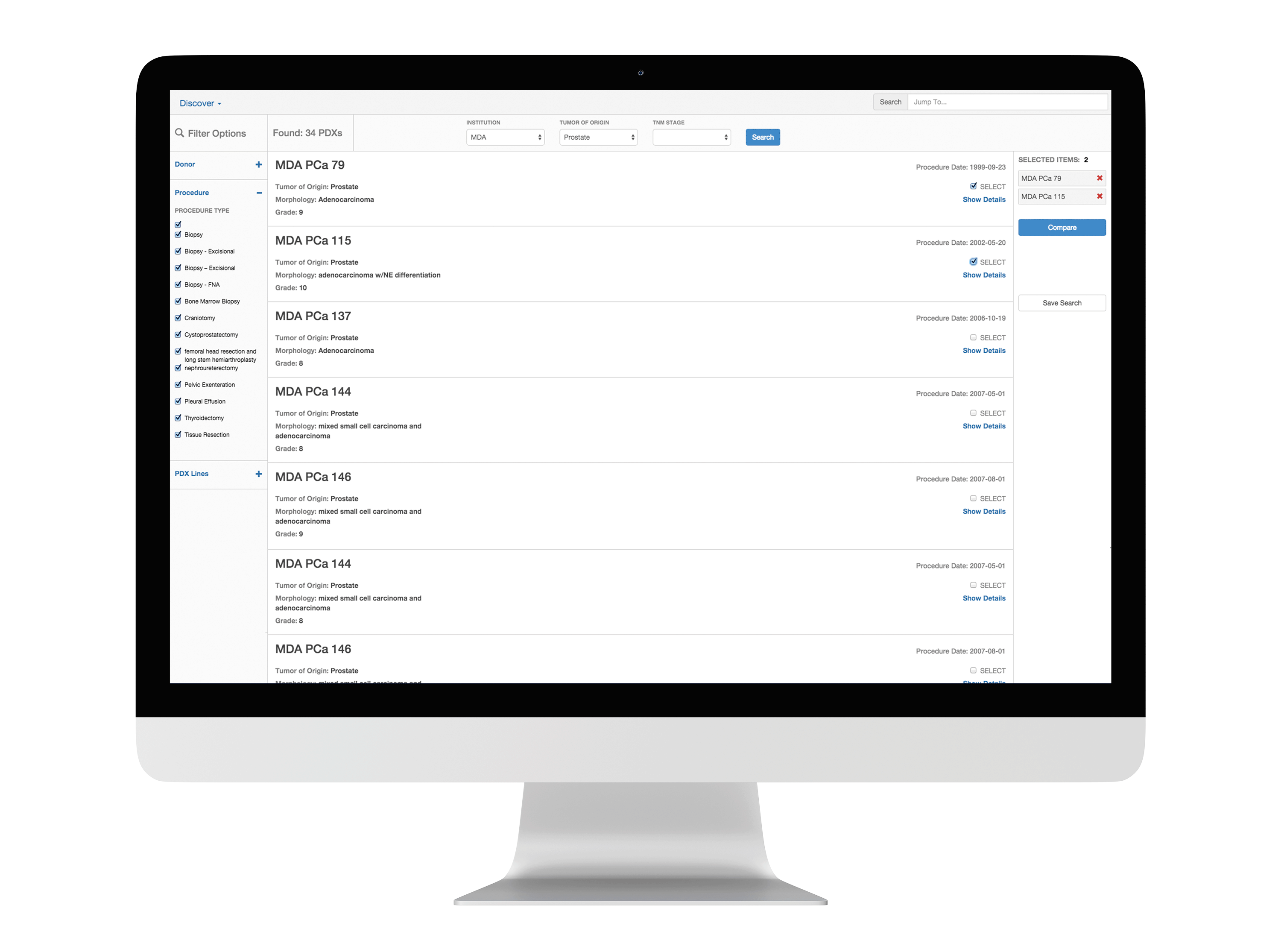
Discover how MD Anderson streamlined cancer research and enabled researchers to collect, analyze, and share data more efficiently.
The MD Anderson Cancer Center is a top global leader in cancer care, research, and prevention. It is renowned for integrating advanced research with high-quality patient care to tackle cancer from multiple angles. The center focuses on groundbreaking clinical trials and innovative research aimed at discovering new cancer treatments and refining existing methods. MD Anderson’s collaborative teams, consisting of specialists from various fields, work together to deliver personalized treatment plans and push forward the global effort to combat cancer.

Empowering Cancer Researchers to Collect, Analyze, and Share Data Efficiently
The Challenge
Researchers spend too much time managing data instead of performing research. Spreadsheet-based data collection and dissemination strategies result in siloed data that is difficult to understand, analyze and share. In addition, with minimal enforced standardization, data validation or audit tracking, data integrity is difficult to maintain. Most importantly, the inability to relate and analyze data across experiments hinders hypothesis generation.
The Approach
MD Anderson set out to achieve our common goal of curing cancer by improving researchers’ workflow, partnering with LaunchPad Lab. We sat down with researchers, clinicians, data coordinators, and administrators to identify the largest areas of need for the Department of Genitourinary Medical Oncology. It turned out that the department’s laboratory for generating patient-derived tumor xenograft models was becoming a research bottleneck. By focusing our initial efforts there, we could have a large impact while improving many parts of the research process.
The Solution
Providing researchers, scientists and doctors with a platform to input and query data was at the heart of this application. This project’s focus was not on designing a beautiful interface. It was about creating an interface that these groups could all use to communicate. The application needed to satisfy each user’s needs and put them on the same playing field. Our main concentration was on the interactions and immediate feedback a user received when data was input or queried. It was crucial that each button, form, and action produced accurate results, good or bad.


The Results
Curefaster is a HIPAA-compliant, database-backed, flexible web application that helps researchers collect, view, and better understand laboratory data. The product allows for easier data analysis, better data integrity, simplified data acquisition, and secure storage. It provides a single source for data that researchers can easily search, filter, and compare research data alongside clinical information.
Use of this software is expanding to the remaining departments in the Division of Cancer Research at MD Anderson and then to other top cancer research centers in the country. As a leader in cancer research, MD Anderson can spread a culture of collaboration within and across research institutions by securely and strategically providing data access to other labs. This will increase the collective benefits of cancer research, improve the expertise of all clinicians and scientists, and ultimately expedite the process of hypothesis generation.
Partner with us to develop technology to grow your business.